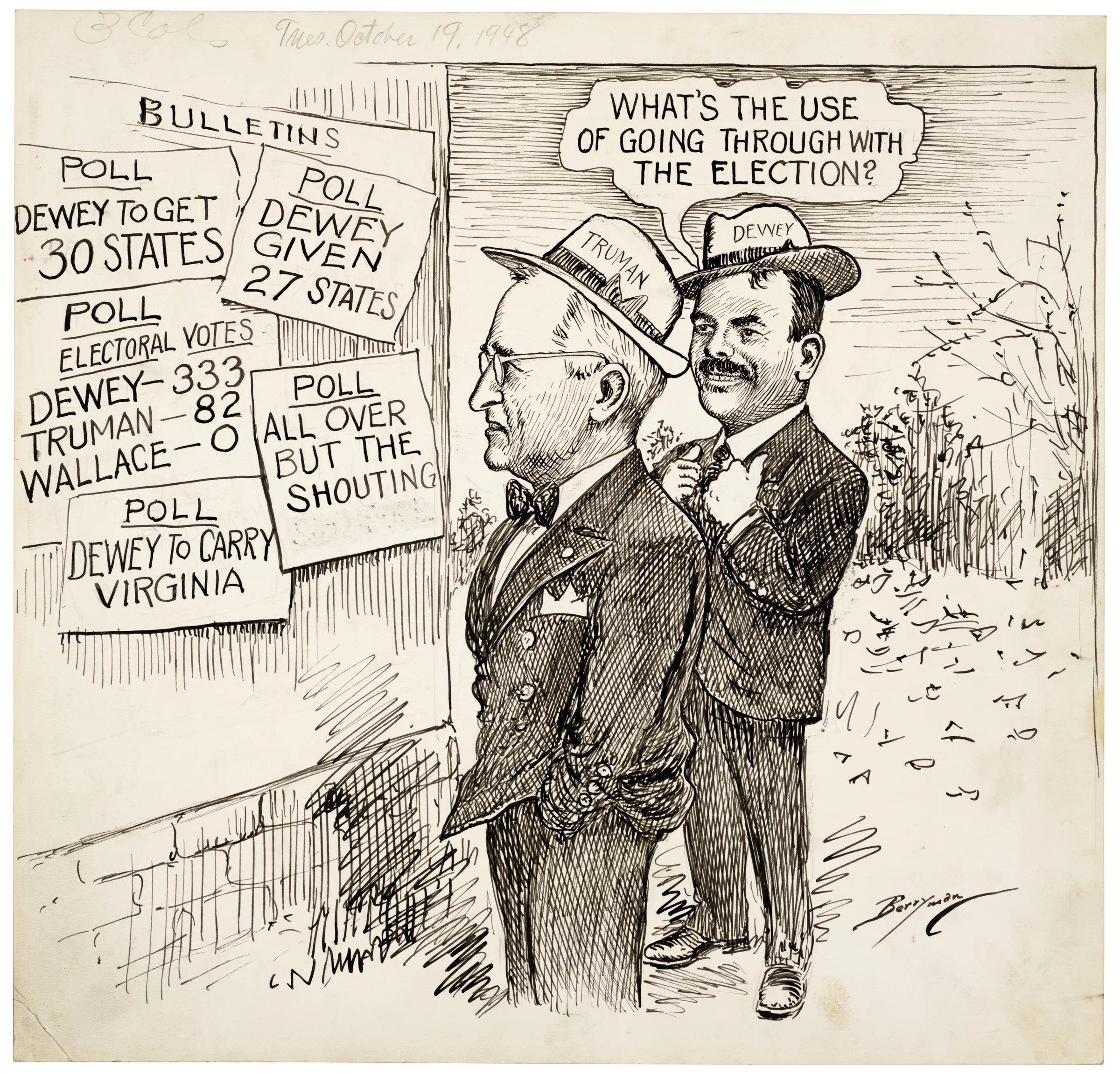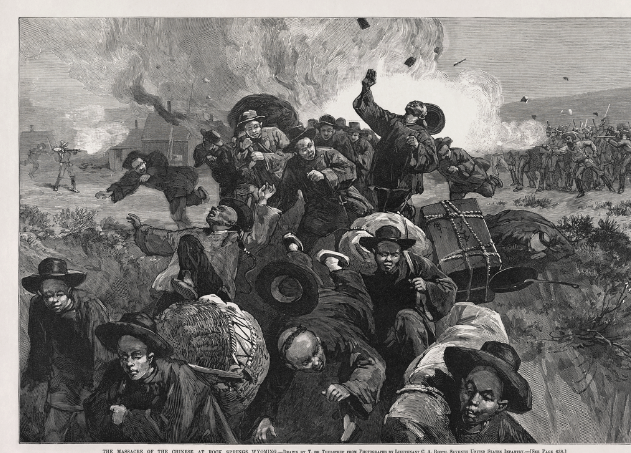Why does a candidate sometimes win the popular vote, but lose the Electoral College vote?
There are some misconceptions floating around about this. I’ll note them in parentheses in my explanation below:
The people’s votes do not directly choose the president. The Electoral College (EC) makes the final decision, following its own rules and the laws of each state. The EC gives a number of votes to each state based on how many representatives and senators it has in Congress. The representatives are roughly based on the state’s population, but the senators are fixed at two for each state. This means that less populous states have more influence per person than more populous states like California. (Misconception is that this is the main reason why Trump won – it was the less populous states.)
Most states have a rule that whoever wins the most votes in their state gets all their EC votes. This makes the dominant party in each state stronger.
This rule also creates “safe states”, where one party is almost sure to win the state’s votes. For example, California has many EC votes and usually goes to the Democrats. Texas has many EC votes and usually goes to the Republicans.
This rule also creates “battleground states”, where the state has a lot of EC votes and could go either way. Pennsylvania and Florida are often battleground states, because they have many EC votes and are not loyal to one party. (This is a key point that people may miss – the battleground states have a lot of power, because small shifts in their popular vote can turn into big wins in the EC. It’s both the fact they’re not way over into one side or other, combined with the large number votes they control.)
Smaller and less populated states tend to favor the Republicans, so they usually get many small states with few EC votes, but there are a lot of them. Urban areas tend to vote Democratic, and if they dominate a state, will give the state’s votes to the Democrats.
Because of these factors, it is possible that the EC picks a different candidate than the people’s votes. But this does not happen very often.
The above was rewritten by Bing Chat, and I modified it and annotated it. Below is a brief essay arguing against the existence of the Electoral College
An Argument for Electoral College Abolition
The EC is anti-democratic, and should be abolished.
It’s not merely that it gives more power to small states — if that were the only thing it did, it would be objectionable, but not necessarily evil, because it’s a form of Affirmative Action to protect underrepresented states — it’s that it also creates safe states and battleground states, by implementing what’s called “first past the post” or “winner take all” situations in nearly all the states.
A Little History
In the 2016 Election, Hillary Clinton won the popular vote, but it was by a few million votes — not much, and a 2.1%age point margin.
Donald Trump won the EC vote, but by a big margin — 304 to 227, a 20% margin.
The people wanted Clinton, but Trump won, via the EC.
However, as many would say, in most elections the EC vote matches the popular will. True, but even then, it distorts.
In the 1984 Presidential, the popular margin was around 18%age points for Reagan, a big win. The EC was 525 to 13 (Reagan got nearly 50x as many EC votes).
In the 1992 Presidential, Ross Perot got 18% of the popular vote, but 0 electors. Clinton got 43%, Bush 37.5%, a difference of 5.5%age points. The EC was 370 to 168 (Clinton got over double the EC votes as Bush).
This is not a partisan issue: it’s an issue of basic democracy — the decisions of the representatives, in this case the EC, should reflect the actual will of the people.
The EC election results, even when they match the popular will, appear as a grotesque deformation of it.
Reforms Proposed
One way to reform the EC would be to mandate proportional representation in all states, remove the Senatorial seats from the EC count, and maybe double or quadruple the number of electors, so the proportional representation won’t replicate “winner take all” situations for states.
Another reform could simply be to give one elector per some large number of people.
A Quick Demo of Reforms
Here’s what a reform could look like, if it just reapportioned by population, keeping the “winner take all”:
| California | Wyoming | |
| Electors | 55 | 3 |
| Population | ~40,000,000 | ~580,000 |
| P/E | 727k | 193k |
| Reformed Electors (1/100k) | 400 | 6 |
If we retain winner-take-all, then California gains 345 votes, and Wyoming gains 3. It looks like a huge victory for Democrats!
However if we implement proportional representation, and say CA votes 70% Democratic, and Wyoming votes 70% Republican, the results look more like this:
| California | Wyoming |
| 280 Dem, 120 Rep | 2 Dem, 4 Rep |
That is a total of 282 for Democrat, and 124 for Republican.
That’s still an impressive victory for Democrats, but… not anything like 354 to 3. It’s more small-d democratic.
That’s looking at the extreme cases of California and Wyoming, which were brought up in so many memes.
Added up across all the states, the actual results would total up to look a lot closer to 50%/50%.
Reform the EC to be Less Chunky
This above reform to use a 100k chunk of people would give us around 3,314 electors, but still give smaller states a little opportunity to pick up an elector due to rounding off.
To improve the resolution, maybe we should reduce the chunk size from 100k to 10k. So you get one elector per 10k. You’d have a total of 33,140 electors.
What about one elector per 1,000 people?
What about one elector per 100 people?
Which brings me to my conclusion: we should get rid of the Electoral College entirely.







